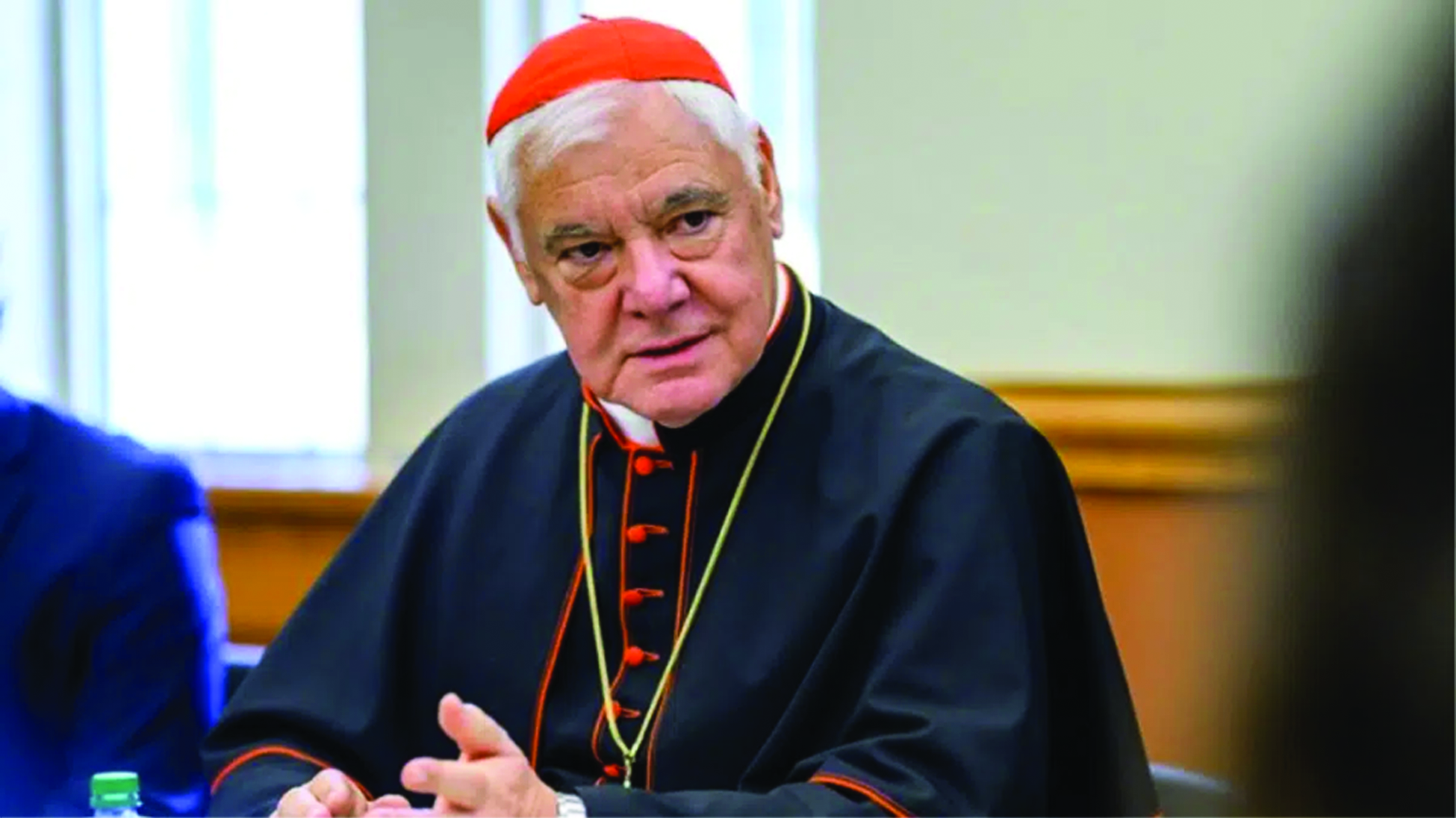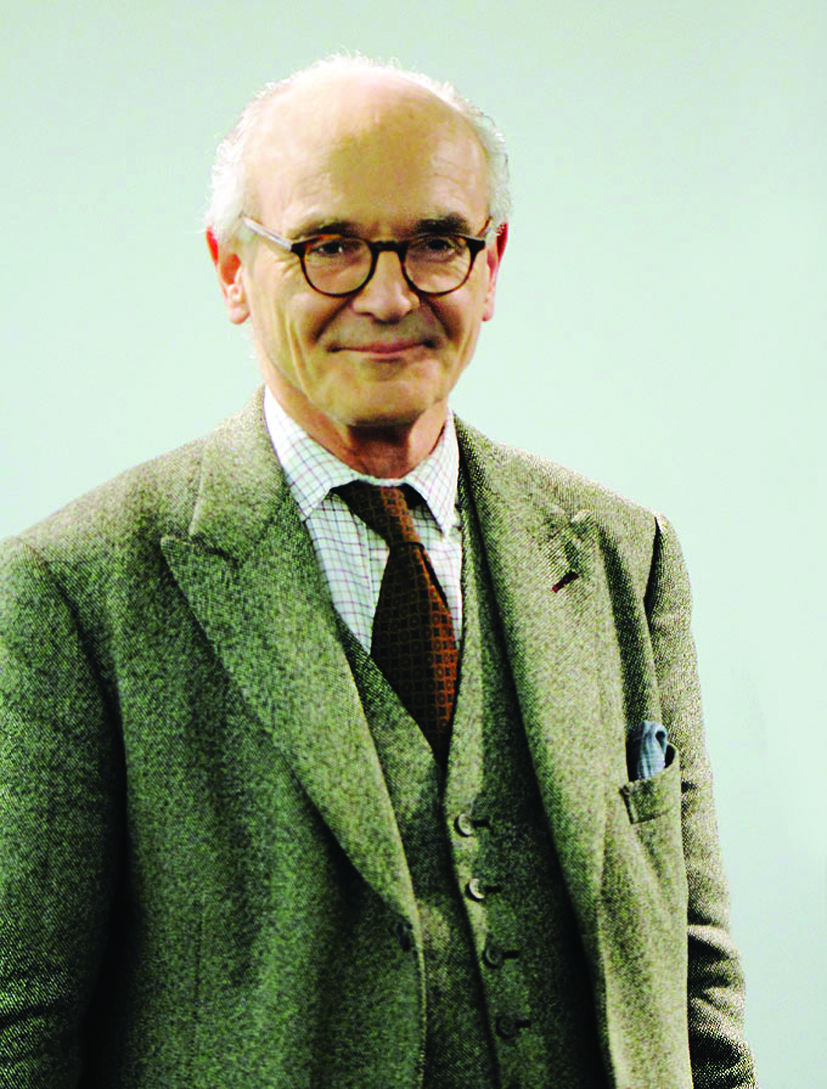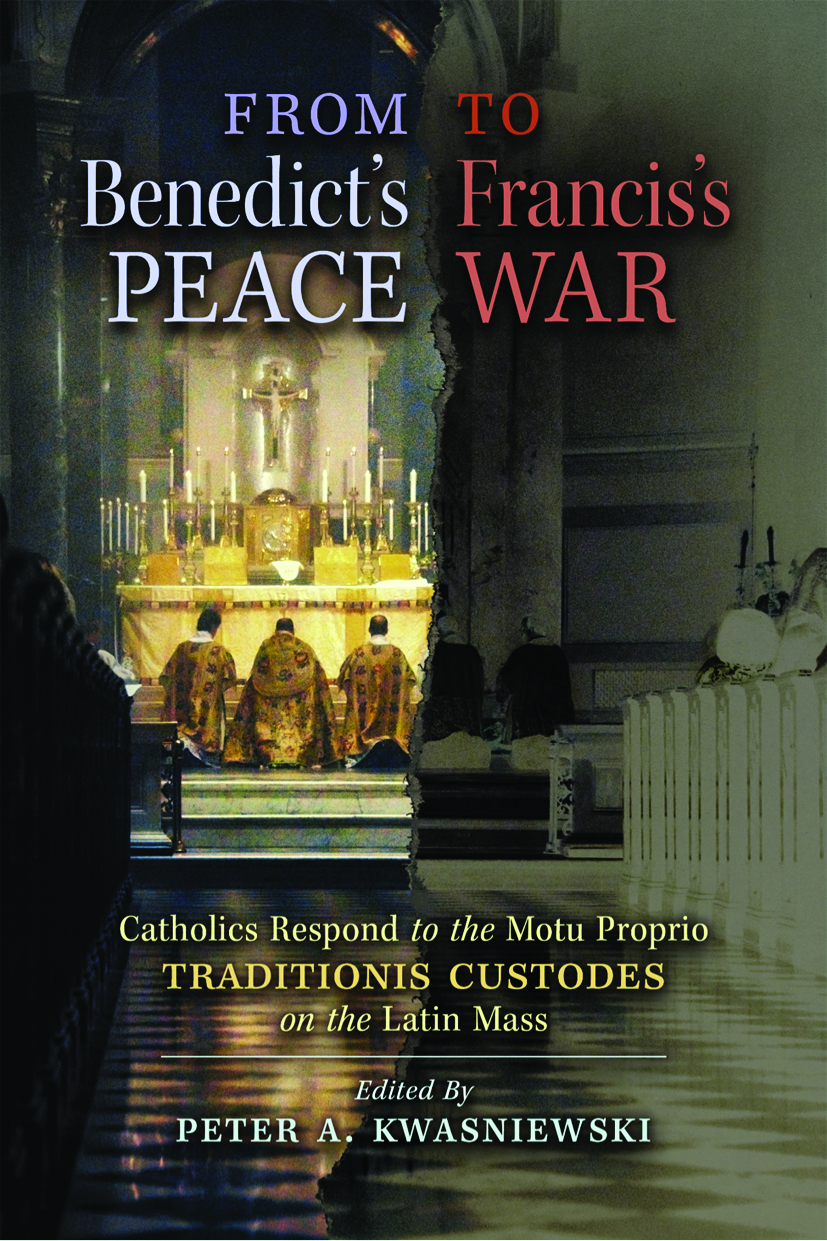An interview with Bishop Bruno Forte on the upcoming Synod on the Family — and his controversial role in last year’s Synod
Born in Naples 66 years ago, Bruno Forte has been Archbishop of the Diocese of Chieti-Vasto, in central Italy, since 2004. He was consecrated bishop in Naples by Cardinal Joseph Ratzinger, and when he arrived in Chieti, Cardinal Carlo Maria Martini was there, with whom he shared strong ties of old friendship. Pope Francis named him Special Secretary of the 2014 Bishops’ Synod of the Family, and he has been reconfirmed in this role for this coming October’s “Part 2” Synod. The contribution he made to the Relatio — the interim report — at the 2014 Synod stirred controversy: in it, he supported a strong “opening” on matters concerning welcoming remarried divorced people and homosexuals. After the June 23 press conference for the presentation of the Instrumentum laboris (working draft) for the 2015 Synod, he gladly met with us for the following interview.
Bishop Forte, as preparation for the first Synod on the Family, in October 2014, a questionnaire was sent to all the dioceses of the world. It consisted of 38 questions having to do with families, and both associations and individuals responded in significant numbers. A new questionnaire has also been sent out as part of the preparation for this coming October’s Synod: this one asks 46 questions that delve deeper into issues covered in the 2014 sessions. How has the Catholic world responded this time around? It has been noticed that in Germany and Switzerland there has been a strong downward trend in the number of responders…
Bishop Bruno Forte: I know that 99 bishops’ conferences out of 114 have sent in their answers, which is a good result. There have also been about 360 observations sent by dioceses, groups and families directly to the Synod organizers. It seems to me that, globally, we have once again seen a very positive set of data concerning the Catholic world’s interest on this subject.
What is the primary goal of this second Synod on the Family?

Pope Francis kisses a child on the forehead in St. Peter’s Square two years ago, on October, 26, 2013. The Pope was meeting with families from around the world in connection with the Year of Faith (Galazka photo).
Forte: To proclaim the Gospel of the Family. In many parts of the world, the family seems to be living through a period of crisis, and many prefer common-law forms of union. But, instead, living in a family gives extraordinary value to the human person, and to society and the Church as well: it is at the very heart of humanity, social interaction, the life of the Church and the faith experience. The questionnaire responses show that, among young people, there is a strong desire, a sort of nostalgia, for family, that ironically contrasts with the choice, popular in many parts of the world, to cohabitate outside of marriage. We need to give value to this desire by proclaiming the beauty of family life founded on the union of one man and one woman, open to procreation.
Comparing last year’s Instrumentum laboris and final documents to this year’s working draft, we can see that this year’s trend is toward a greater breadth and depth in its consideration of various aspects of family life that had been mentioned only briefly last year, if at all…
Forte: Especially in the first part of this year’s Instrumentum laboris, certain themes have been introduced or expounded upon: these include mourning in families, widowhood, disability, family prayer, mission, fear of getting married, mercy, and the nuptial liturgy. This confirms the collective nature of the work that went into compiling the document, which has been enriched by all the proposals coming from so many perspectives throughout the Catholic world.
In this year’s Instrumentum, just as in last year’s version and final draft (which, after all, confirmed an attitude common throughout Church history), a need is expressed for the ecclesiastical community to extend a full welcome to those faithful who are in an irregular situation, canonically speaking. How can this “welcoming” be translated into something concrete? It has been watered down by the mass media into a simple “yes or no” concerning Communion for remarried divorced Catholics…
Forte: This is a very reductive interpretation. For us it is more important to become capable of integrating into the Church community those who are fragile, because they have been hurt by painful situations. People in such situations must feel welcomed in the Church, feel the embrace and the companionship of the mercy of a God Who loves them. This is a pastoral attitude that brings those involved to feel that they are not objects, but rather subjects, of Church life.
How can this being “subjects” and not “objects” be translated into the daily life of the Church?
Forte: Some limitations currently in place in canon law might be surpassed…
Could you give us an example?
Forte: Why can’t a remarried divorced person be a godparent? One could hypothesize that precisely because that person is a believer, and living through a process of reflection and penitence, that he or she could give witness to his or her own errors, which in turn would invite others to commit to their own married lives with fidelity.
Does the reintegration of remarried divorced people into the community necessarily imply the possibility of their being able to receive Communion?
Forte: No, because people can participate in community life, even in the Eucharistic liturgy, with a penitential spirit, even without being admitted to receiving Communion, if the right conditions aren’t in place to be able to do so. Naturally, these conditions can’t be properly discerned with an abstract norm: they need to be evaluated — with spiritual guidance provided by a priest — on a case-by-case basis, so that these people can be helped in developing a conscience of truth before God.

St. John Lateran Square in Rome on June 20, 2015. Hundreds of thousands of people (the vast majority of whom were Catholic) demonstrated in favor of the family as composed of
one man-one woman and their children
Let’s speak now of a topic that was very much discussed in the media during the first Synod (even though it was hardly taken up in the Synod Fathers’ speeches) and that is the matter of attention towards homosexual believers. In the Instrumentum laboris for this October, there isn’t anything new with respect to last year’s final draft, even if, once again, certain areas of the media are stretching the true meaning of the text by speaking about “opening” up to “homosexual families”…
Forte: In reality, this has to do with giving welcome and companionship to families with homosexual members, and to those people themselves. Here, too, it is a matter of respect for all human beings, as God’s children who are made in His likeness, no matter what their sexual orientation may be. There must be space in the Church for experiencing the path of renewal that has been taken up by these people.
Does this “companionship” also include the proclamation of the Church’s social teaching on this subject?
Forte: Clearly it does. The Church cannot cease proclaiming the truth she believes. The Church maintains, quite simply, that the proclamation of truth is inseparable from an attitude of mercy toward all people. The recognition of “gay marriage” is a completely different thing.
In point 45 of Instrumentum laboris, in the chapter titled “Union and Fertility in Couples,” it is stated that “Some stress that the complementarity of the unitive and procreative aspects of matrimony is written into the design of Creation: the unitive aspect, product of a free, conscious and meditated consensus, predisposes the procreative aspect to be carried out.” Why only “some”?
Forte: “Some” refers to the fact that, on this point, some bishops’ conferences and some “observances” have insisted a lot more than others on this complementarity. It is an accentuation of an important Church doctrine, but on the whole there is universal consensus on this point.
In various parts of the Instrumentum, civil marriage is associated with living together (“persons united civilly or cohabitating”). But there is a big difference between the two…
Forte: Yes, civil matrimony is an expression of a public commitment with regard to the wider community, which is different than cohabitation, even though the former doesn’t fully reflect the character of sacramental marriage.
Point 83 states, “Starting with the recognition of religious and cultural plurality, it is hoped that the Synod will safeguard and value the image of the ‘symphony of differences.’” What is meant by this expression?
Forte: We are not all the same, and each one of us has our own unique characteristics to express. In the Church there must be room for differences. For example, a remarried divorced person has to feel loved and welcomed, even if his or her situation is different than someone’s whose marriage situation is regular. The same goes for a homosexual person, who has an inclination, the exercise of which is not considered just, but who is accepted as a person in Catholic moral teaching.
Point 86 discusses the rights and obligation that parents have in regard to their children: it states that “It has been communicated that, in some countries, there are formative projects imposed by public authorities that present contents which are in contrast to the human and Christian view: concerning these, the right for educators to be conscientious observers must be strongly affirmed.” And later, in Point 144, it is stated that “It is asked that the Church encourage and sustain families in their mission of vigilant and responsible participation regarding scholastic and educative programs that impact their children.” This is certainly a deeply felt issue nowadays…
Forte: Let’s take a very contemporary example: in some countries, it is a given that gender ideology is to be taught as a sort of discipline common to everyone. This is not proper, nor is it right, because that which is common to all humans, written in their very flesh, is that conjugal union is between man and woman and open to the procreation of children. In regard to whoever wants to impose a different concept, there is the right/obligation of objection of conscience.
Speaking of this, on Saturday, June 20, in Rome’s St. John Lateran Square, hundreds of thousands of people (the majority of them Catholic) demonstrated in favor of the family as one man-one woman and their children and against the imposition of gender ideology in schools. What is your opinion on this demonstration?
Forte: It made a very positive impression on me, for two reasons. First, it was organized by lay people, which shows a great maturity: it is a beautiful thing to see those who experience family life in a direct way as witnesses to the beauty and the truth inherent in that situation. Second, the demonstration emphasized the value of the experience of family life, fundamental for society as the school of humanity. It was not a counter-demonstration: no one wanted to impose an ideology. They wanted, instead, to say “no” to an ideology, namely, gender ideology, that some groups want to impose on us all.







Facebook Comments